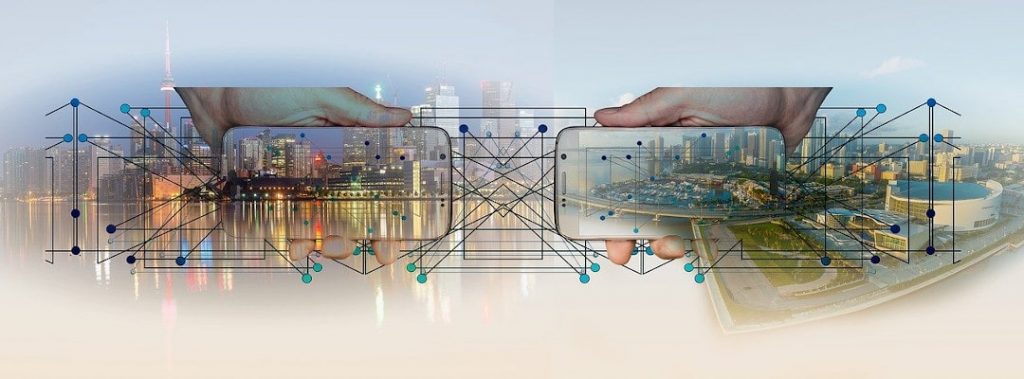In 2012 the first Raspberry Pi was introduced into the world and there have been many competitors in the market ever since it’s release.
A Raspberry Pi is known as a single-board computer. It uses ARM architecture similar to mobile devices and is capable of running a desktop operating system similar to a PC.
The Raspberry Pi incorporates GPIO (General Purpose Input Output) header pins directly on to the board.
These header pins can be used to connect various input electronic components such as sensors, and output components such as LED’s (Light Emitting Diodes).
As I mentioned above, the Raspberry Pi is capable of running a ‘fully-fledged’ operating system.
Some projects don’t require as much capabilities as this and so a microcontroller board such as an Arduino can be used.
Arduino’s don’t require as much power as a Raspberry Pi but it can only be programmed with one simple program nicknamed a ‘sketch’.
Again there’s also many competitors to the Arduino on the market as well as many different Arduino’s themselves with different price tags and different capabilities.
